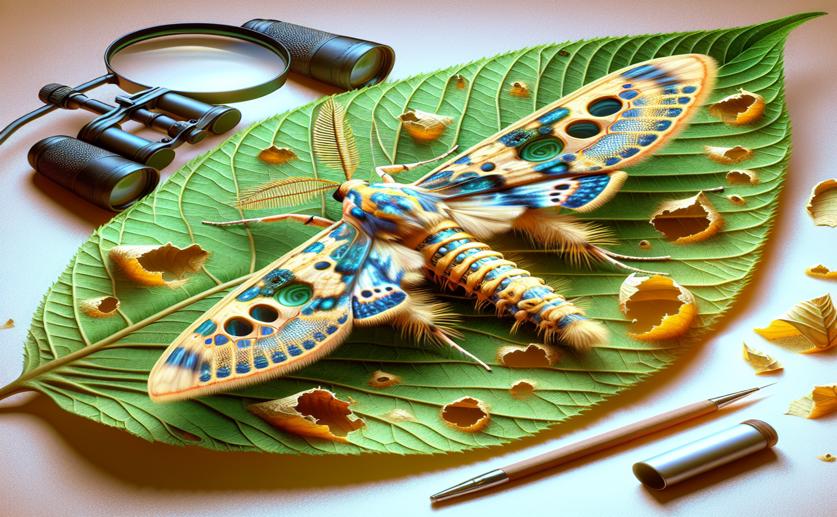
Discovering a New Leaf-Mining Moth Species
Jenn Hoskins
22nd August, 2023

Image Source: Natural Science News, 2023
References
Main Study
1) A new species and new record of the leaf-mining genus Dactylotula Cockerell (Lepidoptera: Gelechiidae) from China.
Published 22nd August, 2023
https://doi.org/10.11646/zootaxa.5336.2.7



 13th December, 2023 | Phil Stevens
13th December, 2023 | Phil Stevens